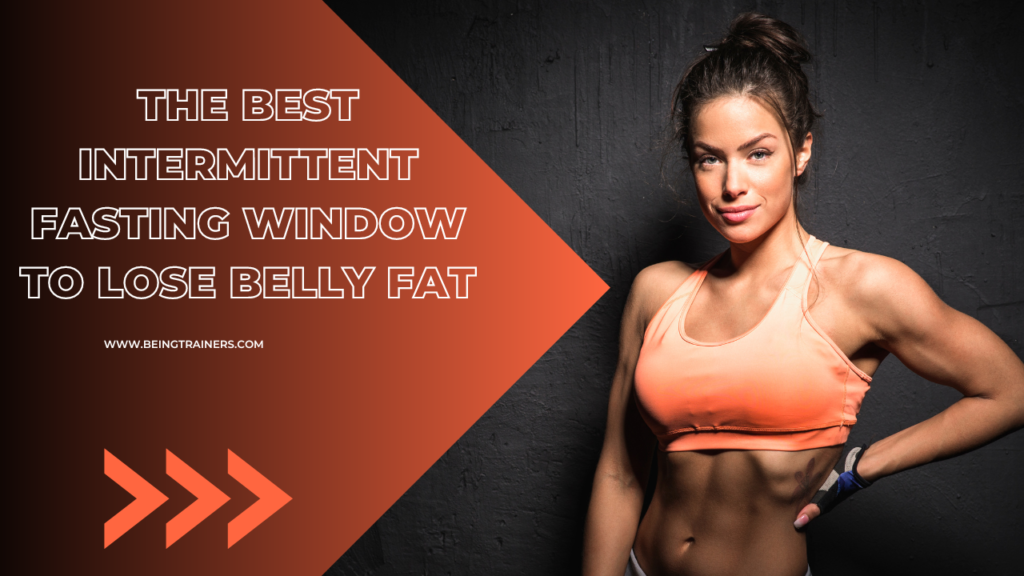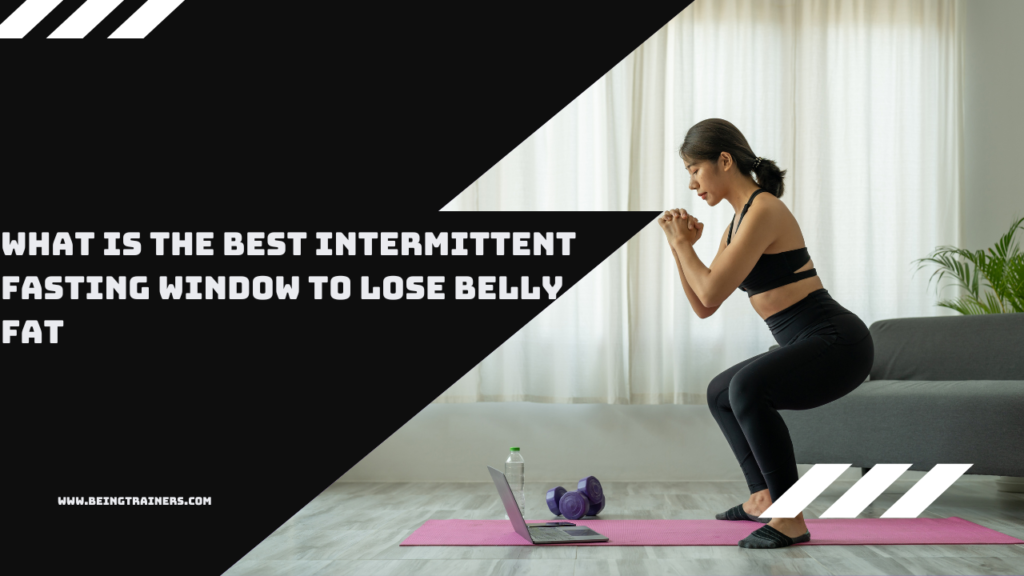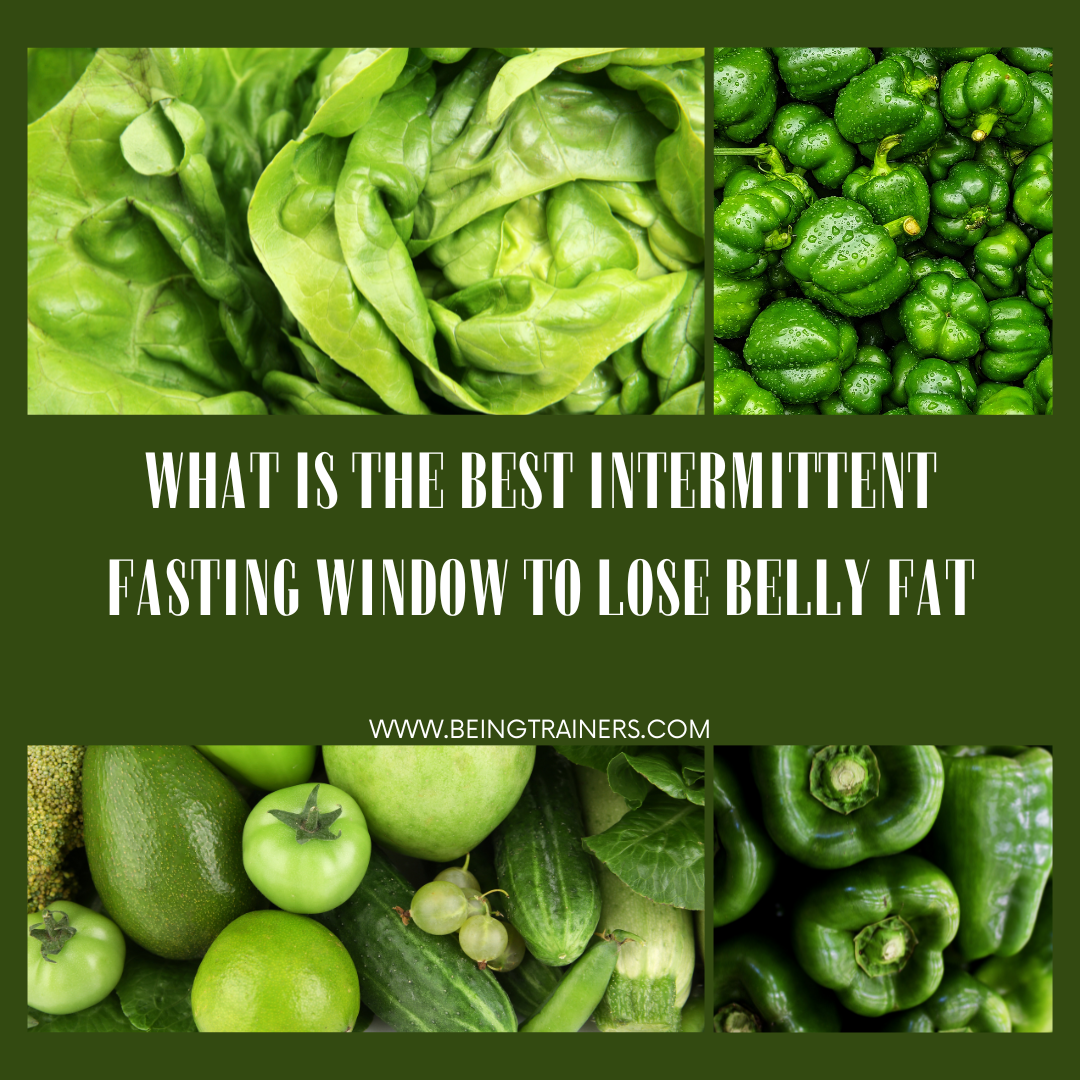Introduction
What Is The Best Intermittent fasting window to lose belly fat? Within the dynamic realm of weight loss tactics, intermittent fasting has emerged as a highly promising method for reducing extra weight. A typical query that stands out among the many forms of intermittent fasting is: What is the optimal window of time for intermittent fasting to reduce belly fat? In order to assist readers in making wise decisions about the reduction of visceral fat, this article will analyze the science underlying intermittent fasting. Specifically, it will examine the effect of this practice on visceral fat and examine different fasting windows.
The Intermittent Fasting Science
In order to comprehend the ideal window of time for intermittent fasting to reduce belly fat, we must first comprehend the physiological processes involved. The idea behind intermittent fasting is to produce a calorie deficit, which causes the body to store fat as energy. Intermittent fasting causes hormonal alterations, such as elevated norepinephrine and growth hormone levels, in addition to calorie reduction. These changes in hormones make it easier for fat to be broken down and used, especially in troublesome places like the abdomen.
Studies have demonstrated that fasting on and off for extended periods of time can improve insulin sensitivity and facilitate effective glucose metabolism. Reduced fat deposition is largely dependent on improved insulin sensitivity, particularly in the area surrounding the visceral organs. Furthermore, autophagy—a cellular purification process that may aid in the decrease of visceral fat deposits—is triggered during fasting times. Knowing these scientific bases lays the groundwork for choosing the optimal intermittent fasting window to target visceral abdominal fat.
Various Intermittent Fasting Windows
Time-Restricted Eating: The 16/8 approach calls for an 8-hour window during which food is allowed to be consumed after a 16-hour fast. By following the body’s natural circadian pattern, this method may improve fat metabolism. According to research, the 16/8 approach may help reduce total caloric consumption, which would facilitate weight loss.
Various Intermittent Fasting Windows

The 16/8 Method (Restricted Eating by Time):
The 16/8 technique calls for restricting food to an 8-hour window and fasting for 16 hours. By following the body’s natural circadian pattern, this method may improve fat metabolism. According to research, the 16/8 technique may result in a decrease in total caloric intake, which would help with weight loss in general and belly fat removal in particular.
Alternate-Day Fasting:
This type of fasting involves swapping off usual eating days for days when you significantly restrict your caloric intake or go without food. Research suggests that this technique offers a controlled but adaptable approach to intermittent fasting and may be useful in reducing visceral fat as well as other types of body fat.
5:2 Diet:
This diet entails eating normally for five days and then limiting your calorie intake to 500–600 calories on two separate fasting days. This method strikes a balance between eating regularly and fasting, which may result in long-term reduction of abdominal fat without the need for severe dietary restrictions.
Warrior Diet:
This diet consists of a single, substantial meal at night and little portions of raw fruits and vegetables during the day. Anecdotal evidence and the lack of study both imply that the Warrior Diet, which advocates fasting followed by a high-nutrient supper, may help reduce belly fat.
Selecting the Best Strategy
Individual preferences and lifestyle circumstances must be carefully considered when choosing the optimal intermittent fasting window for belly fat removal. Selecting a strategy that fits in with everyday activities is crucial for long-term success and commitment. The secret to maximizing intermittent fasting’s ability to reduce abdominal fat is to combine it with a healthy diet and frequent exercise. It’s best to establish safety and suitability by speaking with a healthcare provider before making any big dietary or lifestyle changes.
Optimizing Dietary Decisions and Exercise

Exercise and dietary decisions must be carefully considered in order to maximize the reduction of visceral fat when intermittent fasting. Choosing nutrient-dense foods during eating windows is beneficial to general health and enhances the period of fasting. Furthermore, regular physical activity—such as a combination of strength and aerobic training—works in concert with intermittent fasting to accelerate the burning of fat and enhance overall wellbeing.
Taking Care of Misconceptions
It’s critical to bust popular assumptions and fallacies about intermittent fasting. Precise knowledge on its efficacy, safety, and unique effects on abdominal fat enables people to make wise choices. Knowing that intermittent fasting is a versatile and adaptive strategy can inspire more people to investigate its advantages without unwarranted hesitation.
Success Stories of Intermittent Fasting
This article’s real-life success stories of people who have significantly reduced their belly fat with various intermittent fasting techniques are shared at the end to encourage and inspire. These anecdotes highlight the variety of routes to achievement and demonstrate the observable and profound effects that may be attained by commitment, perseverance, and customized methods of intermittent fasting.
Summarize
Knowledge is power when it comes to using intermittent fasting to lose abdominal fat. With knowledge of the various fasting windows and the science underlying intermittent fasting, people may make well-informed choices that fit their interests and lives. It is advised to consult healthcare professionals before beginning any health-related project to make sure that the techniques selected are appropriate and safe. Ultimately, to achieve long-term belly fat loss and enhanced general wellbeing, the secret is to be consistent, patient, and to take a holistic approach.
Frequently Asked Questions (FAQs)
What is intermittent fasting, and how does it help with belly fat loss?
Intermittent fasting is an eating pattern that cycles between periods of eating and fasting. It helps with belly fat loss by creating a caloric deficit, promoting fat breakdown, enhancing insulin sensitivity, and triggering metabolic adaptations.
What is the best intermittent fasting window for losing belly fat?
The optimal fasting window varies among individuals. Popular methods include the 16/8 method, alternate-day fasting, 5:2 diet, and the Warrior Diet. Experimenting to find what aligns with your lifestyle is key.
How long does it take to see results with intermittent fasting?
Results vary based on factors like individual metabolism, adherence, and overall lifestyle. Some may notice changes within a few weeks, while others may take longer. Consistency is crucial for sustained results.
Can I exercise during intermittent fasting, and will it enhance belly fat loss?
Yes, exercise can complement intermittent fasting by accelerating fat-burning processes. Combining aerobic exercises and strength training can be particularly effective in targeting belly fat.
Are there specific foods to eat during intermittent fasting for better belly fat loss?
While there’s no strict rule, choosing nutrient-dense foods during eating windows supports overall health and can optimize belly fat loss. Focus on whole foods, lean proteins, fruits, vegetables, and whole grains.
Is intermittent fasting safe for everyone?
Intermittent fasting is generally safe for many individuals. However, pregnant or breastfeeding women, those with certain medical conditions, and individuals with a history of eating disorders should consult with a healthcare professional before starting any fasting regimen.
Can intermittent fasting lead to muscle loss?
When done correctly, intermittent fasting is not likely to cause muscle loss. Adequate protein intake during eating windows, combined with regular strength training, helps preserve muscle mass.

